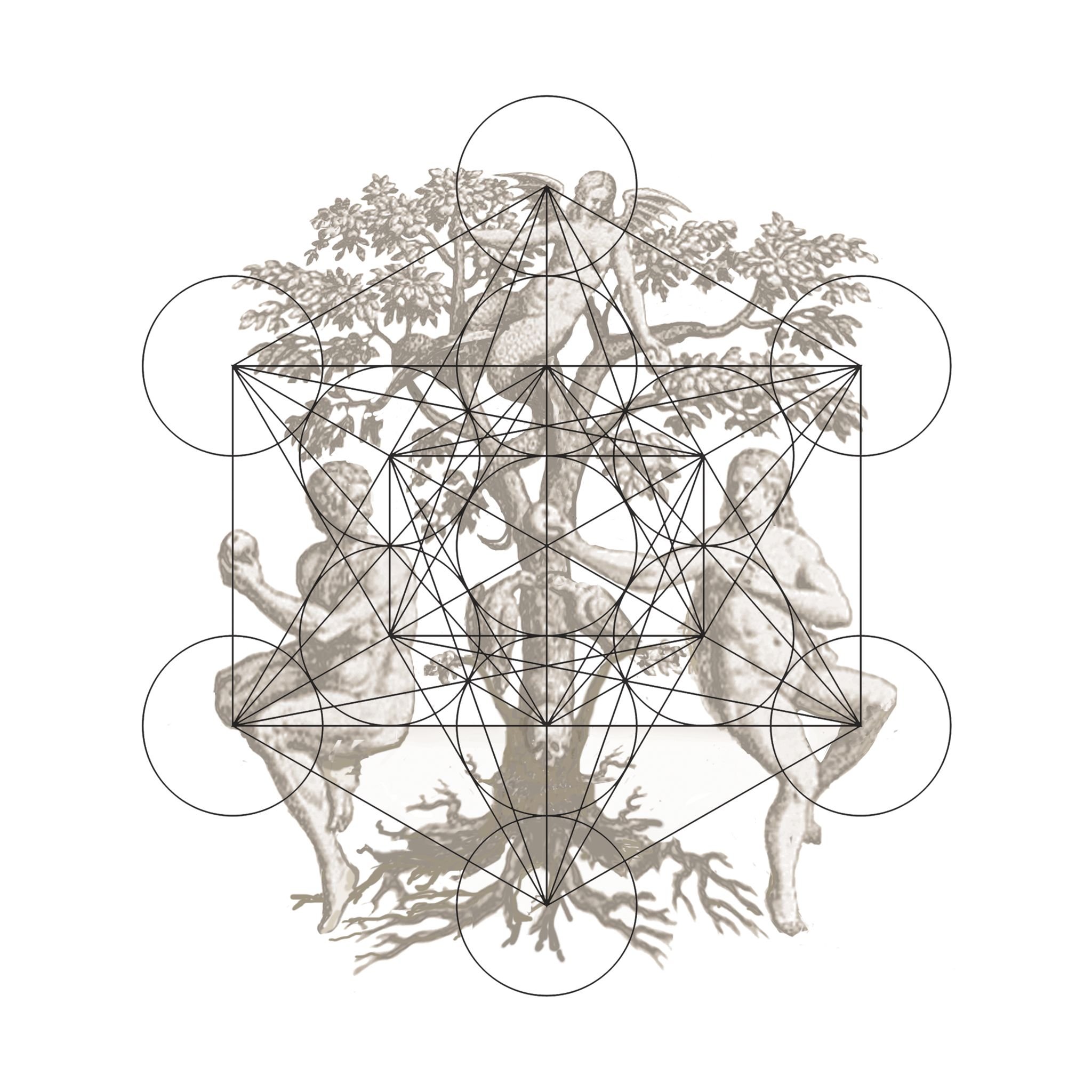
INTRODUCTION :
Read more/less
Religious alters, paintings and icons weigh heavy in the memory of Zapata’s childhood – in particular Saint Martin de Porres, always depicted with a broom. This saint was thought to look after domestic workers, who often kept a small icon with them for good luck. This is true of Carmen, who worked for Zapata’s family upon leaving the jungle alone as a teenager in search of a better life. When growing up, Zapata recalls Carmen’s care as she looked after him - feeding him with food and affection. Years later Zapata remember Carmen’s feet in particular, she didn’t wear shoes very often, so her feet were worn - she lived in an almost feral state, a hangover of postcolonial slavery.
Carmen disappeared from his Grandmother’s family house, and after many years when no longer a child Zapata saw a familiar woman in a public gardens - this lady was wearing a new skirt, thick-rimmed glasses and once where there were three teeth, was a full set of false dentures, she also wore new shoes, which covered her weathered feet. Zapata recalls a sense of joy at seeing her transformed but also a palpable sense of shock and shame, as this was the first time he had seen her as a human being. “In my child’s mind I had this concept that she wasn’t really a person. I used to think of her as earthy as she lived in the pantry amongst the sacks of potatoes and onions. Much of this work is dedicated to the memories of Carmen, an altar to her ragged clothes and the saints she prayed to – which were her only possessions. Carmen believed that faith could take her away from the awful life of servitude, I hope she had a good life in the end.”
Working through an unconscious process of making Zapata has revealed a deeply personal narrative which extends in to a broader universal analysis. These sensual and evocative works touch on themes of class and race, alongside hope and faith. One cannot escape parallel thoughts of the refugees currently fleeing war torn Syria, with few or no belongings in search for a better life. This exhibition urges us to remember that as human beings we are all equal. However we leave reminded that equality does not extend to the opportunities that many people are born to, yet whilst in the embrace of this series of works, we are comforted by the fact that this person of low lying significance has made such an indelible mark. Whilst monuments are built to the powerful and the great, inside these walls lies a no less emphatic monument to one of life’s lost and demeaned souls. Through ‘Hearing Others Footsteps’ we are all better connected to the often solitary path of existence.
Joseph Clarke. 2017
EXHIBITION ARTWORKS :
ARTIST INTERVIEW FILM :




















